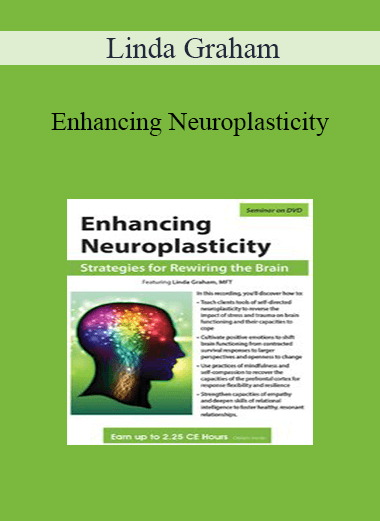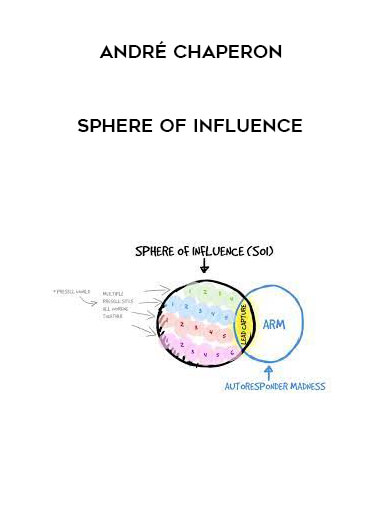Courses Infomation
Enhancing Neuroplasticity by Linda Graham

Enhancing Neuroplasticity by Linda Graham
**More information:
Description
The more we apply the discoveries of neuroscience to our clinical work, the more skilled we can become at tailoring interventions to match clients’ specific difficulties and guide them through the changes in brain functioning that best catalyze their growth. Whether clients are stuck in repetitive defensive patterns, struggling to stabilize a coherent sense of self, or progressing slowly toward new resilient behavior, teaching clients specific tools for rewiring the brain can lead to their thriving and flourishing beyond the consulting room. In this workshop, you’ll discover how to:
- Teach clients tools of self-directed neuroplasticity to reverse the impact of stress and trauma on brain functioning and their capacities to cope
- Cultivate positive emotions to shift brain functioning from contracted survival responses to larger perspectives and openness to change
- Use practices of mindfulness and self-compassion to recover the capacities of the prefrontal cortex for response flexibility and resilience
- Strengthen capacities of empathy and deepen skills of relational intelligence to foster healthy, resonant relationships.
- Choosing experiences to rewire the brain
Mindfulness
- Compassion
- Tools of intelligence
- Purposes of enhancing neuroplasticity
Regulation, relation, reflection and resilience
- Strategies for implementing positive neuroplasticity
- Brain structures and systems related to perception of safety
Functions of sympathetic and parasympathetic nervous system
Consequences of hypoarousal and hyperarousal
- Unconscious nature of autonomic systems
- Therapeutic interventions to optimize feelings of safety
Beneficial exercises: breath, touch, posture and movement
Nonverbal cues and therapeutic communication
- Therapeutic resonance and healing
Techniques for developing resonance
Deep listening and acceptance of emotions
- Mindfulness and self-compassion
- Therapeutic exercise: Compassionate friend
- Shifting brain functioning through positive emotions
Neuroscience research
Gratitude exercise: Web of life
- Imagination
- Default mental play space
Therapeutic exercise: Wished for outcome
- Meta-processing and brain change
Journaling and creating a coherent narrative
- Summary and clinical take-aways
More information about Medical:
Medicine is the science and practice of establishing the diagnosis, prognosis, treatment, and prevention of disease.
Medicine encompasses a variety of health care practices evolved to maintain and restore health by the prevention and treatment of illness.
Contemporary medicine applies biomedical sciences, biomedical research, genetics, and medical technology to diagnose, treat, and prevent injury and disease,
typically through pharmaceuticals or surgery, but also through therapies as diverse as psychotherapy, external splints and traction, medical devices, biologics, and ionizing radiation, amongst others.
Medicine has been around for thousands of years, during most of which it was an art (an area of skill and knowledge) frequently having connections to the religious and
philosophical beliefs of local culture. For example, a medicine man would apply herbs and say prayers for healing, or an ancient philosopher and physician would apply bloodletting according to the theories of humorism.
In recent centuries, since the advent of modern science, most medicine has become a combination of art and science (both basic and applied, under the umbrella of medical science).
While stitching technique for sutures is an art learned through practice, the knowledge of what happens at the cellular and molecular level in the tissues being stitched arises through science.
Salepage : Enhancing Neuroplasticity by Linda Graham































Reviews
There are no reviews yet.